Mastering Blackjack Hands: Strategies for Winning Play
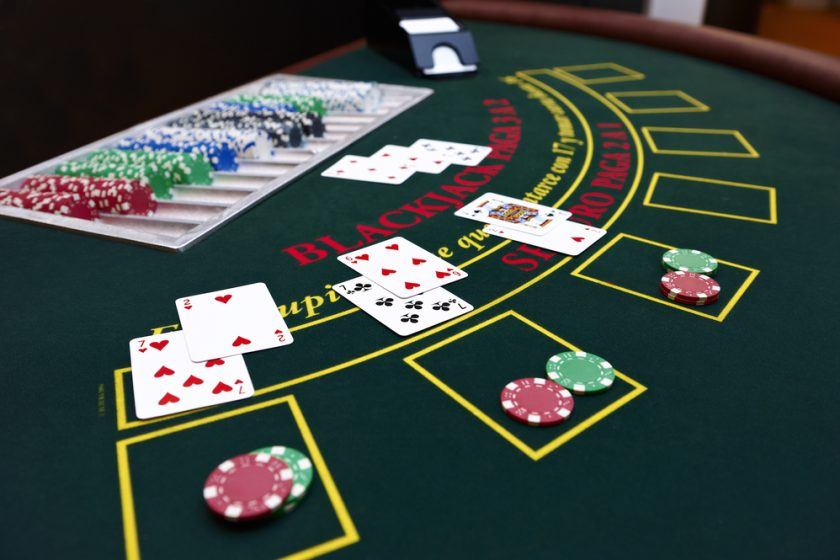
Key Concepts Every Blackjack Player Should Understand
Blackjack's depth goes far beyond knowing the rules. To consistently perform at the table-online or in a live casino-players must grasp essential gameplay elements, from calculating hand values to making strategic choices. Here’s a quick overview:
- **Calculating Hand Totals:** Understanding how to total your hand-by assigning proper values to each card-is foundational for sound decision-making.
- **Strategic Actions:** Knowing when to hit, stand, double down, or split is central to minimizing the house advantage.
- **Soft Versus Hard Hands:** Recognize hands that include an Ace (soft hands, valued as 11 or 1) versus hands without (hard hands), and adapt your play.
- **Card Counting Basics:** While advanced, even a basic awareness of card counting can help some players make smarter bets.
- **Insurance and Side Bets:** Learn the risk and reward behind insurance and side bets-they often favor the house more than you might think.
Preparing for Success at the Blackjack Table
Anyone can quickly learn to play blackjack, but winning is about mastering nuanced decisions. Whether you play in-person or at online casinos, success in blackjack is built on knowledge and preparation.
This guide breaks down the core strategies, pitfalls, and high-stakes hand scenarios that commonly trip up both novices and seasoned players. Understanding critical hands-like what to do with Ace-Six or a pair of Deuces against a dealer's six-can make the difference between walking away a winner or loser.
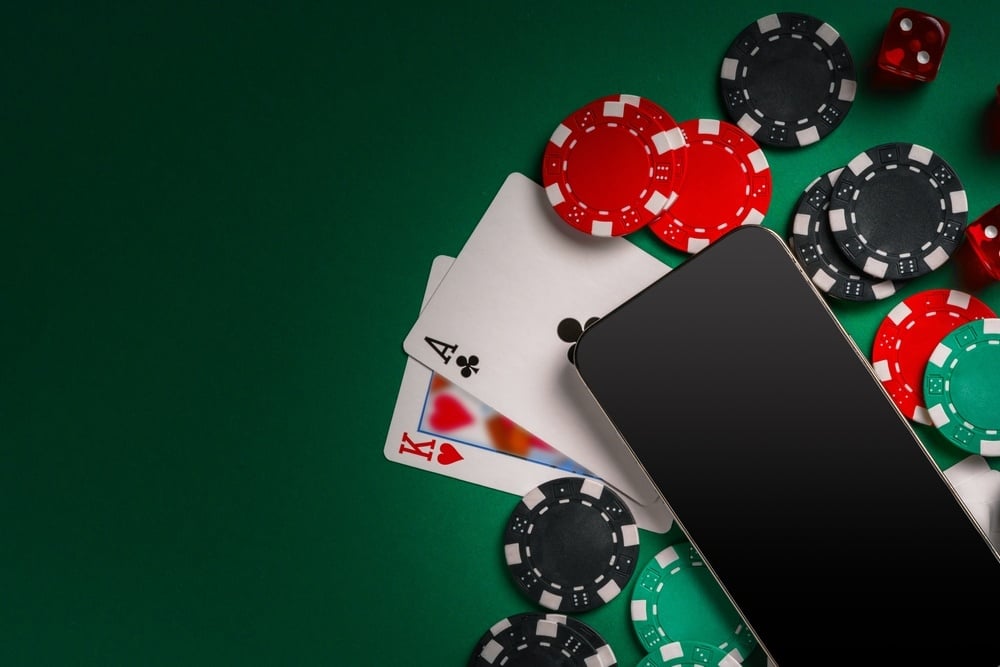
Expert Blackjack Insights: What Sets Masters Apart
Top blackjack professionals agree: gaining an edge is about more than memorizing strategy charts. True mastery means understanding the "why" behind every decision, especially when facing complicated hands or dubious situations.
Committing to continuous learning-even if you’re confident in your skills-can uncover valuable strategy refinements and boost your edge at the table. Regularly reviewing strategies and comparing approaches keeps your game sharp and adaptive.
Understanding the Blackjack Deck and Its Impact
Blackjack is played using standard decks of 52 cards. Casinos may use anywhere from a single deck up to eight combined in a “shoe,” the device from which cards are drawn. Dealers never play through the entire shoe; they typically reshuffle after half to three-quarters of the cards have been dealt.
For the average player, the number of decks doesn't impact most gameplay decisions, but it becomes crucial if you’re considering card counting. Fewer decks increase the predictability of which cards remain. Card counters attempt to track cards dealt and make bets accordingly, but it’s an advanced skill and not tolerated everywhere.
Card Values in Blackjack: What Each Card Means
To play blackjack well, understanding card values is essential:
- **Number Cards (2-10):** Each is worth its face value.
- **Face Cards (Jack, Queen, King):** All count as 10 points.
- **Aces:** Can be worth either 1 or 11, whichever benefits your hand most.
Aside: There are more 10-value cards than any other in the deck-16 out of 52, around 30%. Much of basic blackjack strategy revolves around this prevalence, influencing both player and dealer decisions.
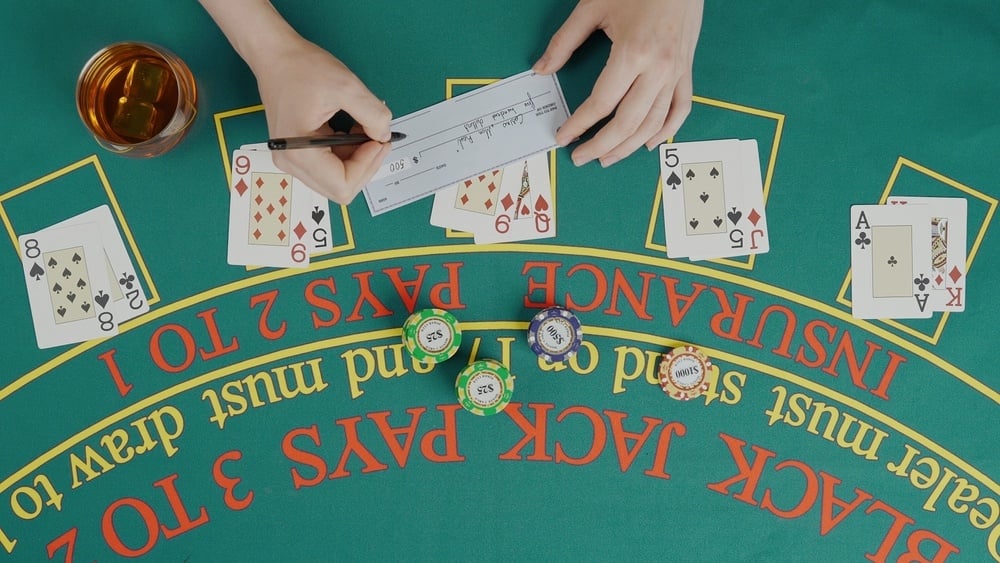
Essential Blackjack Terminology
Familiarizing yourself with key blackjack terms will make the game easier to learn and discuss:
- **Hard Hand:** Any hand without an Ace counted as 11 (e.g., King-Four = Hard 14).
- **Soft Hand:** A hand with an Ace valued at 11 (e.g., Ace-Six = Soft 17).
- **House Rules:** Table-level variations affecting odds-such as payout ratios for blackjack, permissible doubles and splits, and whether the dealer hits on soft 17.
- **Hit:** Requesting an additional card.
- **Stand:** Ending your turn without drawing more cards.
- **Natural:** A two-card 21, usually paid at 3:2 but sometimes 6:5.
- **Push:** A tie between player and dealer-your bet is returned.
- **Showdown:** The phase when the dealer reveals their hole card and plays their hand to conclusion.
The Flow of Blackjack Play
Blackjack rounds always follow a predictable sequence:
1. Players place bets.
2. Dealer gives each player and themselves two cards, with one dealer card face-up.
3. Blackjacks are paid and dealer checks for their own natural.
4. Players act in turn-hitting, standing, or taking other actions.
5. Dealer reveals the hole card and completes their play per house rules.
Assessing the Player versus Dealer: Strengths and Weaknesses
Blackjack’s popularity stems from its low house edge and the player’s freedom to make strategic decisions. Players choose how much to bet and have insight into the dealer’s up card, enabling informed choices.
However, the dealer has a powerful advantage by playing last. If both bust, the player loses immediately, regardless of the dealer’s later outcome. Nonetheless, when played optimally, blackjack’s built-in house edge is typically just 1-2%.
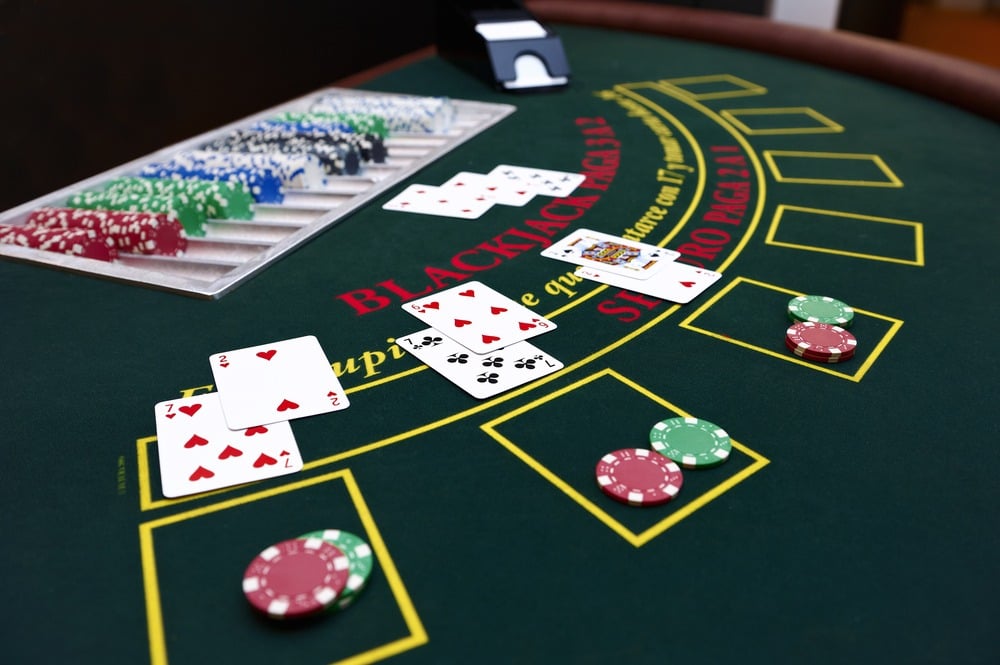
Strategic Play: Categories of Blackjack Hands
All blackjack decisions boil down to hand value and situational analysis:
- **Action Hands (2-11):** Always add a card-busting is impossible at this total. Consider doubling or splitting when appropriate.
- **Bust Hands (12-16):** These are dangerous since you risk going over 21 but standing may leave you behind. Generally, if the dealer has a low “bust card” (2-6), you should stand and hope they bust. If they show a high card, it’s safer to hit.
- **Made Hands (17+):** With little room for improvement, it’s almost always best to stand-your risk of busting is too high if you hit.
Aces and Strategy: Playing Soft Hands Effectively
Hands with an Ace counted as 11 (“soft hands”) present unique opportunities:
- **Ace + 2/3/4/5 (Soft 13-16):** Treat the Ace as 1 for calculation. Add more cards to strengthen your hand.
- **Ace + 6 (Soft 17):** Counterintuitive but should be played as an action hand-continue to hit or double in favorable scenarios.
- **Ace + 7/8/9 (Soft 18-20):** These are generally strong enough to stand.
Doubling Down: When to Increase Your Bet
Doubling down lets you double your wager after the initial deal, but you receive only one more card. The most favorable times to double are when your odds of landing a strong hand are highest, typically due to the abundance of 10-value cards:
- **Hand Value 11:** Double unless the dealer shows an Ace.
- **Hand Value 10:** Double except when facing a dealer’s 10 or Ace.
- **Hand Value 9:** Only double if the dealer displays a bust card (3-6).
- **Soft 13/14:** Double if dealer shows 5 or 6.
- **Soft 15/16:** Double if dealer displays 4, 5, or 6.
- **Soft 17:** Double against 3, 4, 5, or 6.
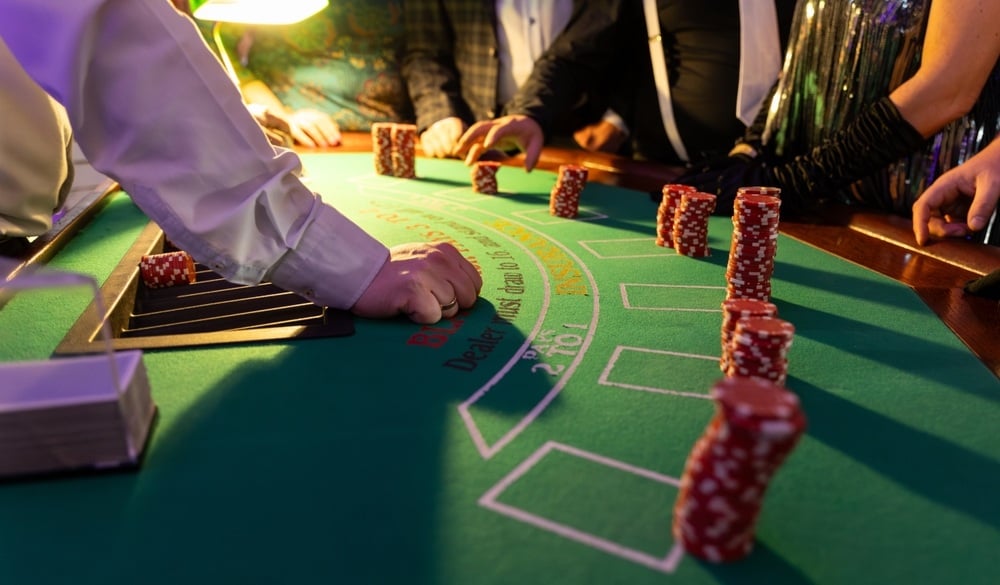
Splitting Pairs: When Two Cards Are Better Apart
Whenever you’re dealt two cards of the same value, you may “split” them into separate hands (matching your original bet). Use these guidelines:
- **Eights:** Always split-16 is weak, but two separate eights give you a chance at two strong hands.
- **Aces:** Always split; huge potential for hitting a 10-value card on each. Be aware: many casinos limit further splits and may permit only one additional card per split Ace.
- **Deuces, Threes, Sevens:** Split if the dealer shows 2-7.
- **Sixes:** Split if the dealer shows 2-6.
- **Fours:** Only split against dealer 5 or 6-mainly as the dealer is likely to bust.
Valuable Blackjack Tools and Learning Materials
Serious players seeking to refine their skills will benefit from trusted resources:
- **Strategy Calculators:** Use online calculators to simulate hands and analyze how house rules impact advantage.
- **Practice Platforms:** Find free-to-play blackjack games to sharpen your skills in a risk-free environment.
- **Reference Cards:** Carrying optimal-play charts or cards helps you remember the best move for any scenario at the table.
Blackjack Hands Frequently Asked Questions
Here are quick answers to common player queries:
What’s the easiest rule for splitting?
Always split eights, and always split aces unless the dealer also has an ace.
What does “surrender” mean in blackjack?
Surrendering lets you forfeit half your original bet instead of playing out the hand, usually when the dealer shows an ace. It’s rarely a good move for the player.
Is there a perfect betting system for blackjack?
No betting strategy overcomes the inherent house edge long-term. The best approach is to divide your bankroll wisely and bet within your limits for an enjoyable experience.
By incorporating these strategies and tips into your play, you can enhance your blackjack skills and make smarter choices at the table. Remember, always play within your limits and continue exploring new tactics to improve your odds.
Happy playing!













